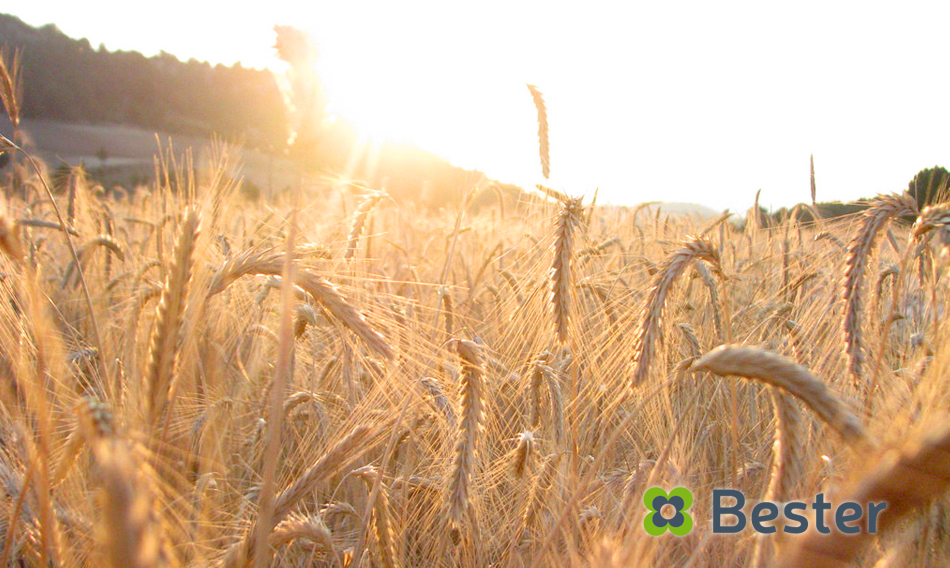Biomass is considered the world’s oldest renewable energy since humanity discovered fire. The term refers to the use of biological material in order to produce energy. However, it will not be until the 1970s when talks begin about biomass with regards to sustainable development compared to other fossil fuels. Therefore, what is the biomass and what is used for? We can find different types of biomass for energy generation. Among them, the most common are the following:
- Wood as fuel: this biomass comes from the forest, this energy is obtained from activities resulting from the utilization of forests, its maintenance, and cleaning, such as pruning and clearing up. The combustion of biomass allows for the production of electricity, hot water, hot air or heating. The wood can be used in the boilers of biomass in various forms of combustion:
- Chips: wood crushed in small fragments of 2 to 10 cm long that does not have any commercial use.
- Pellets: waste from the timber industry and forest cleaning. This material is crushed and dried to decrease its humidity level, and then it is pressed and compressed into small cylinders.
- Briquettes: It is wood compressed at high pressure into compact units.
- Compounds of cereal and vegetable origin: the compounds of cereal and vegetable origin also are used for the generation of energy as biomass. Cereal grains and waste are used, such as almond shells, banana peels, and even crops of algae and grasses.
- Compounds of animal origin: these are compounds such as manure and waste and organic waste obtained from livestock. Places where there are lots of cattle are conducive to install a biomass plant.
The use of these animal or vegetable waste is carried out in biomass plants through the transformation of these ecological resources, in the process generating renewable energy contributing significantly to the improvement and conservation of the environment environment, its environmental impact is very small. CO2 released into the atmosphere during combustion is previously captured by plants during their growth phase, so that the final balance is neutral. To convert those materials considered biomass into energy, there are various forms of transformation, but there are two that are the most used:
- Thermochemical methods: in these methods you employ materials with low humidity such as wood, shells or straw. They are used for the combustion of the biomass, transforming them in hot gasses that produce heat for private and industrial use and to produce electricity. We also have pyrolysis, a method where the biomass is broken down using heat without oxygen, thereby obtaining gasses composed of hydrogen, carbon oxide and hydrocarbons, liquid hydrocarbons and solid carbonaceous waste. Lastly, there is also gasification as a thermochemical method and co-combustion, which consists of the use of biomass as fuel while the combustion of coal takes place in boilers, reducing the consumption of coal and CO2 emissions.
- Biochemical methods: biochemical methods are those in which microorganisms are used to degrade molecules. They are employed in biomass with a high moisture content. Among these methods are alcohol fermentation (plat carbon hydrate fermentation to get ethanol for the industry) and methanogenic fermentation (digestion without oxygen of the biomass, the organic matter is broken down and fermented to create biogas).
 Materials that we consider biomass can be transformed into heat energy, biogas and biofuels such as bioethanol and biodiesel. Bester team has experience in the development of projects that use biomass as a source of energy to produce electricity, heat, and biogas. These projects include the use of a wide range of technologies among which we can mention the cogeneration and electricity generation using biomass, production of pellets, cogerenacion using the Rankine cycle or the Organic Rankine cycle, plants of utilization of biogas, as well as biomass present in the waste.
Materials that we consider biomass can be transformed into heat energy, biogas and biofuels such as bioethanol and biodiesel. Bester team has experience in the development of projects that use biomass as a source of energy to produce electricity, heat, and biogas. These projects include the use of a wide range of technologies among which we can mention the cogeneration and electricity generation using biomass, production of pellets, cogerenacion using the Rankine cycle or the Organic Rankine cycle, plants of utilization of biogas, as well as biomass present in the waste.


Leave A Comment